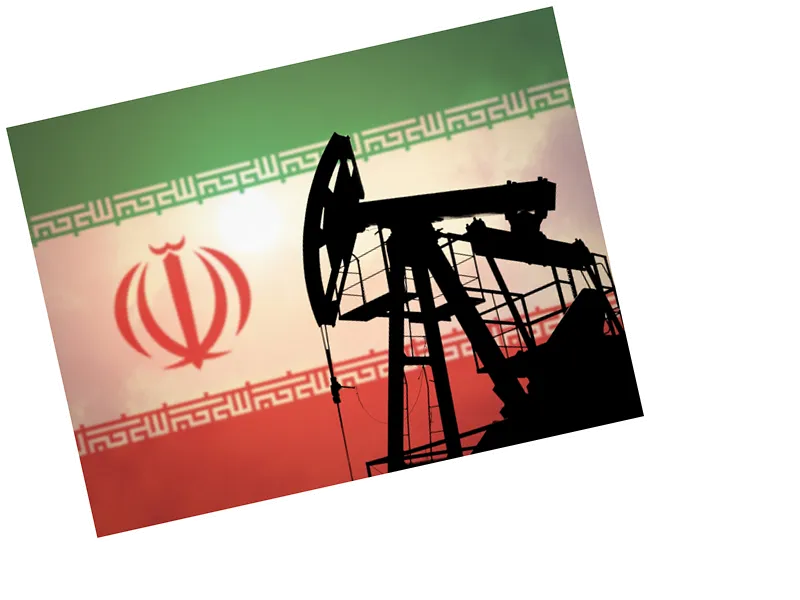Iran's Oil and Gas Industry: A Strategic Overview
Iran's oil and gas industry has regained prominence amid rising tensions and potential threats from Israel. As one of the top producers and exporters of oil and gas globally, Iran's energy sector plays a crucial role in its economy, heavily reliant on energy exports despite facing stringent international sanctions. The country has adapted by employing 'shadow fleets' to circumvent these sanctions, continuing to supply oil primarily to China, Turkey, and Iraq.
Key Oil Fields and Production Statistics
Iran boasts significant oil reserves, with over 160 billion barrels, ranking it third in OPEC and fourth globally. Major oil fields include the Ahvaz Field, producing around 800,000 barrels per day, and the Kajasaran Field, which has substantial recoverable reserves. Daily oil production has seen fluctuations, especially post-2018 sanctions, but recent reports indicate an increase to approximately 3.42 million barrels per day in August 2024, showcasing resilience in production capacity despite external pressures.
The Gas Sector: Fields and Facilities
In addition to oil, Iran is endowed with vast gas reserves, particularly in the South Pars Field, the world's largest gas field. This field alone accounts for a significant portion of Iran's gas output, with daily extraction rates reaching 1.2 billion cubic meters. Iran's refining capabilities are also noteworthy, with facilities like the Abadan Refinery, one of the oldest and largest in the region, contributing to the conversion of crude oil into essential products such as gasoline and diesel. The ongoing sanctions present challenges, yet Iran's strategic positioning in the oil-rich region continues to make it a key player in global energy markets.





